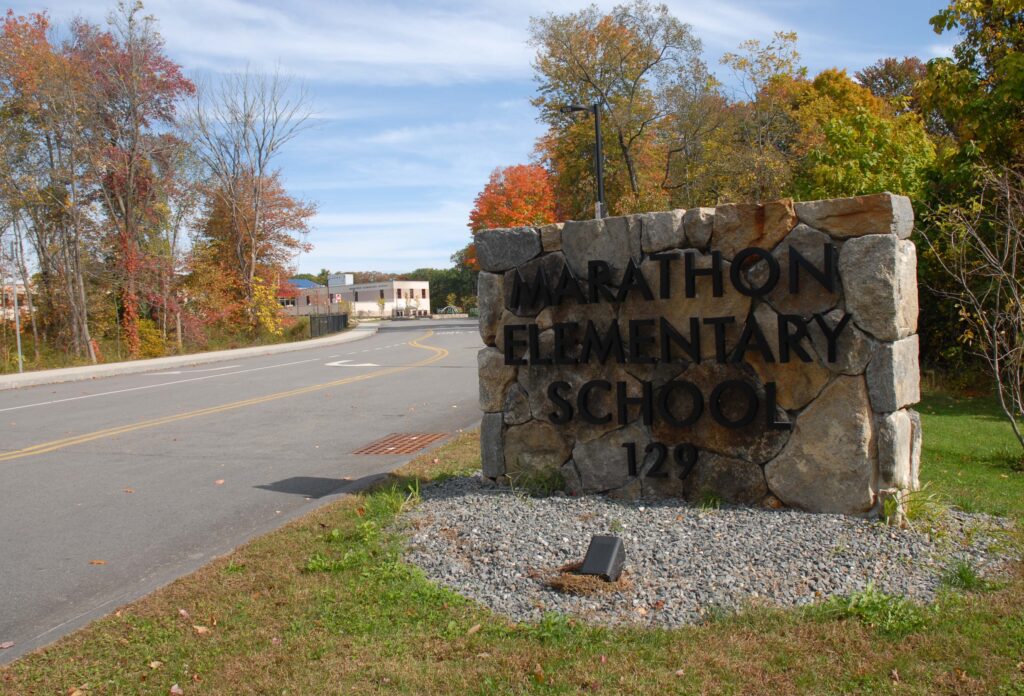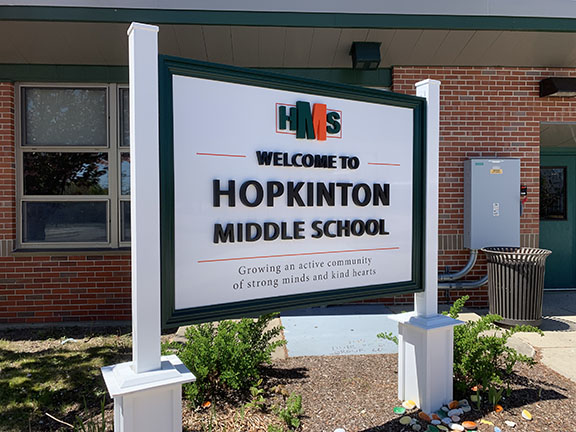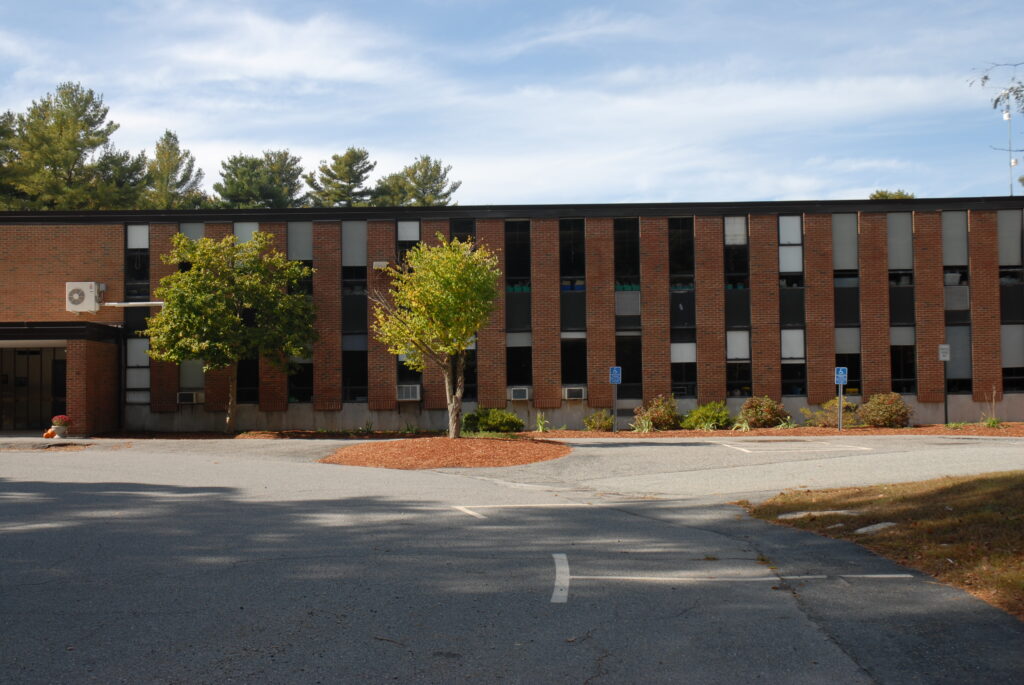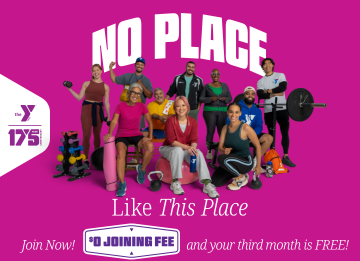Hopkinton schools will remain in their current learning model and not move to full-time instruction despite recent recommendations by the governor and education officials, superintendent Carol Cavanaugh told School Committee members Monday night.
Gov. Charlie Baker and state Department of Education officials have called for schools to reopen as long as there is no evidence of COVID-19 spread within a district.
Cavanaugh acknowledged that “schools are not the super spreaders” they had feared, but noted the “mixed messages” as cases climb statewide.
Hopkinton schools have specific challenges, she said.
Bus capacity would be one issue, because of distancing requirements. But school officials could “think outside the box” to solve that, she added.
A bigger issue is lunch, she said, which is “tricky to navigate.”
Students must remove masks to eat, and keeping them far enough apart has been a space issue, even with the current reduced enrollment.
“We have tight facilities for eating,” committee chair Amanda Fargiano said.
“The transition to hybrid has been so traumatic,” committee member Meg Tyler said. But now, “we’re in the groove” and should continue rather than make another change.
The arrival of winter and colder weather will lessen the opportunity for having classes and masks breaks outside, Fargiano noted, adding that keeping windows open, which helps with air circulation, also is more of a challenge in cold weather.
Committee member Joe Markey said he would like to learn more about how other districts are handling the return to full-time, in-person learning.
“I encourage our administration to really do everything we can” to isolate the challenges to returning to full-time, in-person education, he said.
Markey also questioned Cavanaugh’s contention that the memorandum of agreement with the Hopkinton Teachers Association called for a mix of learning models.
Since that agreement was never approved, he wondered why it had to be considered.
Cavanaugh also noted that, unlike some school districts, Hopkinton schools will remain in their current model after the Thanksgiving break and will not close down after.
Concerns have been raised because anyone traveling outside of the state could be subject to testing and a 14-day quarantine, which could impact student and staff attendance.
“It’s really hard to say what that Monday’s going to look like” after the break ends, Cavanaugh said.
School committees that choose to close in-person learning after Thanksgiving as a preemptive move could be subject to audit by the Department of Elementary and Secondary Education.
In other issues, the committee agreed to move along with plans to spend more than $3 million for an expansion at Marathon School to accommodate four classrooms.
The project, which would cost $3,625,000, would meet the projected expansion of student population, finance director Susan Rothermich said. Space is already tight at the building, with the health room now used as a preschool room and the art room serving as a first grade classroom.
Committee members unanimously approved moving the project forward for now but raised questions about the exact population projections and the community’s appetite for the financial impact.
Markey asked whether the population could change if more people opt for private schools for their children, particularly if those schools remain open full-time. He also said that even when the pandemic eases the schools may still offer forms of remote learning that could lower the population numbers.
In other issues, Hopkinton schools decided to keep all forms of education closed on snow days. That was done based on concerns that teachers might be hampered from educating remotely if their own children were home for storm-related closures, Cavanaugh said, and to allow a “respite” for the school community.
She said the issue could be revisited depending on how severe this winter’s weather conditions become.


















0 Comments